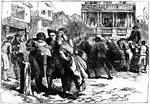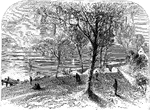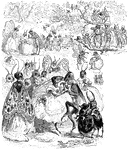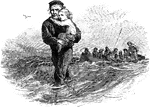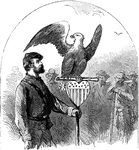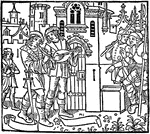
Woman Holding Baby with Dog
An illustration of a woman holding a baby with a dog jumping up on them.
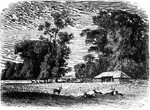
The Prater
The Wiener Prater is a large public park in Vienna's 2nd district Leopoldstadt. Prater is derived from…
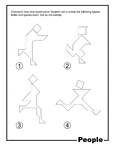
People Outline Tangram Card
Outlines of people (runners) made from tangram pieces. Tangrams, invented by the Chinese, are used to…
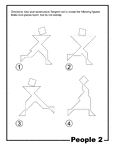
People Outline Tangram Card #2
Outlines of people (runners, dancers) made from tangram pieces. Tangrams, invented by the Chinese, are…
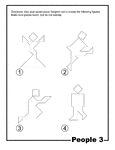
People Outline Tangram Card #3
Outlines of people (woman standing, water skier, woman kneeling, man walking) made from tangram pieces.…
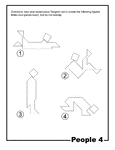
People Outline Tangram Card #4
Outlines of people (swimmer, reclining man, butler, diver) made from tangram pieces. Tangrams, invented…

People Outline Tangram Card #5
Outlines of people (ice skater, saint statue, walking man, reclining man) made from tangram pieces.…
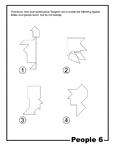
People Outline Tangram Card #6
Outlines of people (silhouettes of men) made from tangram pieces. Tangrams, invented by the Chinese,…
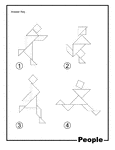
People Outline Solution Tangram Card
Solutions for outlines of people (runners) made from tangram pieces. Tangrams, invented by the Chinese,…

People Outline Solution Tangram Card #2
Solutions for outlines of people (runners, dancers) made from tangram pieces. Tangrams, invented by…
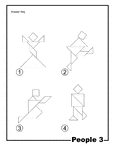
People Outline Solution Tangram Card #3
Solutions for outlines of people (woman standing, water skier, woman kneeling, man walking) made from…
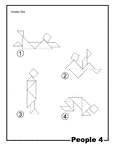
People Outline Solution Tangram Card #4
Solutions for outlines of people (swimmer, reclining man, butler, diver) made from tangram pieces. Tangrams,…
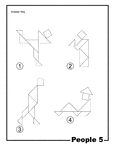
People Outline Solution Tangram Card #5
Solutions for outlines of people (ice skater, saint statue, walking man, reclining man) made from tangram…
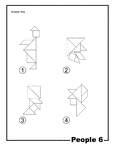
People Outline Solution Tangram Card #6
Solutions for outlines of people (silhouettes of men) made from tangram pieces. Tangrams, invented by…

People Silhouette Tangram Card
Silhouette outlines of people (runners) made from tangram pieces. Tangrams, invented by the Chinese,…
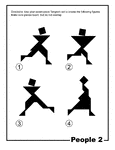
People Silhouette Tangram Card #2
Silhouette outlines of people (runners, dancers) made from tangram pieces. Tangrams, invented by the…
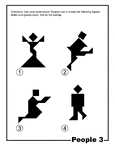
People Silhouette Tangram Card #3
Silhouette outlines of people (woman standing, water skier, woman kneeling, man walking) made from tangram…
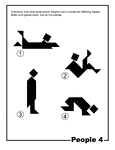
People Silhouette Tangram Card #4
Silhouette outlines of people (swimmer, reclining man, butler, diver) made from tangram pieces. Tangrams,…
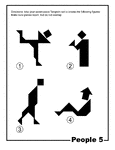
People Silhouette Tangram Card #5
Silhouette outlines of people (ice skater, saint statue, walking man, reclining man) made from tangram…
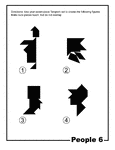
People Silhouette Tangram Card #6
Silhouette outlines of people (silhouettes of men) made from tangram pieces. Tangrams, invented by the…
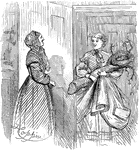
Woman Holding Tree Branch
An illustration of two women standing at a door with one holding a large tree branch.
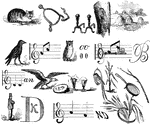
Animal Rebus
"Cats purr, dogs bark, cocks crow, a cow lows, a donkey brays, an eagle screams, parrots talk, spiders…
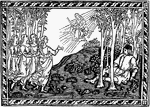
Angel in Sky Appearing to People
An illustration of a angel in the sky above a forest appearing to people.
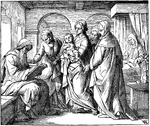
Zacharias Writing a Name for the Child
"But the angel said unto him, Fear not, Zacharias for thy prayer is heard; and thy wife Elisabeth shall…

Simeon Taking the Child in His Arms
"Then took he him up in his arms, and blessed God, and said, Lord, now lettest thou thy servant depart…
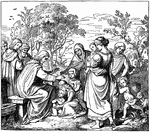
Jesus Blessing Little Children
"But when Jesus saw it, he was much displeased, and said unto them, Suffer the little children to come…
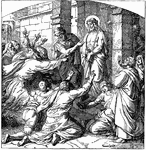
They Cried, Let Him Be Crucified
"Pilate saith unto them, What shall I do then with Jesus which is called Christ? They all say unto him,…
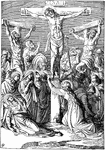
The Crucifixion of Christ
"And it was about the sixth hour, and there was a darkness over all the earth until the ninth hour.…

Peter Delivered from Prison by an Angel
"And, behold, the angel of the Lord came upon him, and a light shined in the prison: and he smote Peter…
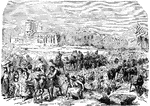
Departure of the Israelites from Egypt
"And it came to pass, when Pharaoh had let the people go, that God led them not through the way of the…
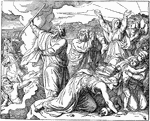
Pharaoh's Host Destroyed
"And Moses stretched out his hand over the sea; and Jehovah caused the sea to go back by a strong east…
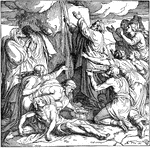
Moses Bringing Water from the Rock
"Behold, I will stand before thee there upon the rock in Horeb; and thou shalt smite the rock, and there…
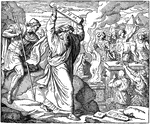
Moses Destroying the Tables of the Law
"And I took the two tables, and cast them out of my two hands, and brake them before your eyes." Deuteronomy…

Explanatory Diagram
1) The first or index finger. 2) The second or middle finger. 3) The third finger. 4) The fourth finger.…
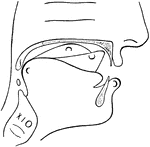
Physiological Bases of the Visible Speech Symbols for Consonants
Physiological Bases of the Visible Speech Symbols - Consonants. In representing the consonant a peculiar…
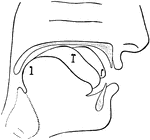
Physiological Bases of the Visible Speech Symbols for Vowels
Physiological Bases of the Visible Speech Symbols - Vowels. In representing the vowel classification…

Code of English Sounds
Chart illustrating 45 hand positions representing sounds in the English language as described in the…

Non-Vocal Primary Back Consonant
Consonants have a closed or narrowly expanded adjustment of the vocal organs, so that in their production…
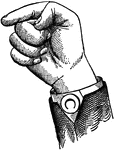
Non-Vocal Primary Top Consonant
Consonants have a closed or narrowly expanded adjustment of the vocal organs, so that in their production…

Non-Vocal Primary Point Consonant
Consonants have a closed or narrowly expanded adjustment of the vocal organs, so that in their production…

Non-Vocal Primary Lip Consonant
Consonants have a closed or narrowly expanded adjustment of the vocal organs, so that in their production…
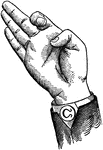
Non-Vocal Mixed Back Consonant
Consonants have a closed or narrowly expanded adjustment of the vocal organs, so that in their production…
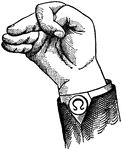
Non-Vocal Mixed Top Consonant
Consonants have a closed or narrowly expanded adjustment of the vocal organs, so that in their production…

Non-Vocal Mixed Point Consonant
Consonants have a closed or narrowly expanded adjustment of the vocal organs, so that in their production…
Non-Vocal Mixed Lip Consonant
Consonants have a closed or narrowly expanded adjustment of the vocal organs, so that in their production…
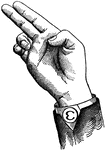
Non-Vocal Divided Back Consonant
Consonants have a closed or narrowly expanded adjustment of the vocal organs, so that in their production…
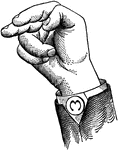
Non-Vocal Divided Top Consonant
Consonants have a closed or narrowly expanded adjustment of the vocal organs, so that in their production…
